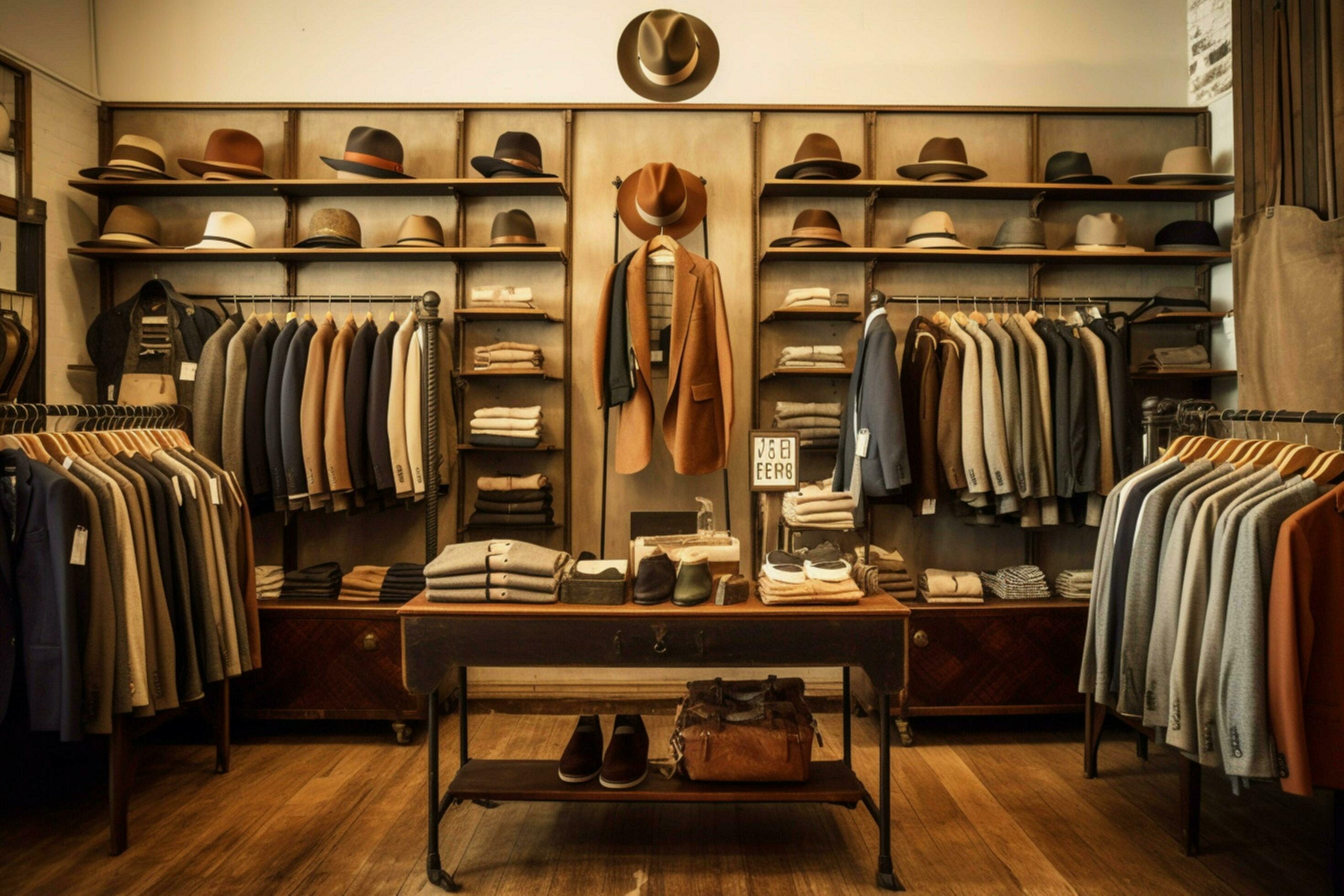The Rise of Online Purchasing: Finding Boutique Fashion at Your Fingertips
The Rise of Online Purchasing: Finding Boutique Fashion at Your Fingertips
Blog Article
Discovering the Advancement and Influence of Clothing on Modern Fashion Trends
The evolution of garments has considerably influenced contemporary style patterns, merging historical precedents with sophisticated developments. Legendary numbers like Coco Chanel and Yves Saint Laurent transformed the apparel industry by presenting ideas that focus on convenience and availability, which continue to resonate today. On the other hand, technical strides in areas such as 3D printing and smart textiles are redefining design opportunities and consumer experiences. Additionally, the expanding focus on inclusivity and sustainability is reshaping sector criteria. As we think about these multifaceted influences, one should wonder about how these aspects collectively redefine fashion's function in showing and forming modern culture.
Historical Style Influencers
In the tapestry of style history, particular figures have actually left an indelible mark, forming the trends and designs that specify entire eras. Coco Chanel, an advanced developer, redefined women's fashion by presenting comfortable, elegant apparel that departed from restrictive bodices. Her renowned Chanel fit and little black dress have actually come to be timeless staples in closets worldwide. Christian Dior's post-war "New Look" in 1947, with its party of feminineness with full skirts and cinched waistlines, marked a return to luxury and has continued to influence designers.
Elsa Schiaparelli is an additional pivotal number, renowned for her progressive layouts that incorporated surrealist art, teaming up with Salvador Dalí to create wayward items that tested standard appearances. Her innovative use of shade and strong patterns reverberates in contemporary fashion. Yves Saint Laurent, meanwhile, equalized haute couture with prêt-à-porter collections, bringing runway styles to the masses and establishing a criterion for modern ready-to-wear lines.
These enthusiasts, to name a few, not just transformed fashion in their times yet additionally set sustaining patterns that resonate in today's fashion business, giving a structure whereupon contemporary designers continue to innovate and develop. Their heritages underscore the importance of creativity and bold in vogue's ever-evolving story.
Technical Advancements in Fashion
Amidst the dynamic landscape of the garment industry, technical advancements stand at the center of innovation, reshaping exactly how designers develop and customers engage with style. The assimilation of 3D printing has actually reinvented style procedures, allowing developers to try out complex frameworks and sustainable products that were previously impossible. This technology assists in quick prototyping, reducing waste and quickening production times.

Smart fabrics, embedding modern technology into textiles, are likewise changing the industry. Technologies like self-cleaning and temperature-regulating fabrics use enhanced capability and convenience. Wearable innovation, incorporating attributes like fitness tracking and communication, adds a brand-new dimension to style, combining looks with practicality.
Social Changes and Design
As technical developments continue to improve the fashion business, cultural changes are just as influential, redefining design and customer choices. Recently, the increase of social networks systems has actually increased the dissemination of global fashion trends, allowing varied cultural impacts to merge and exist side-by-side. This electronic interconnectivity has helped with the fast exchange of concepts, resulting in a more diverse and comprehensive analysis of style that mirrors the multifaceted nature of contemporary culture.
Social awareness and gratitude have triggered designers to draw motivation from a wider spectrum of ethnic and historical contexts, integrating conventional themes with contemporary aesthetics. This combination has caused fashion that reverberates visit the website with a bigger audience, advertising a sense of identity and belonging throughout various demographics. In addition, the raising demand for personalization has actually driven brand names to supply adjustable choices, allowing consumers to reveal originality while reflecting their cultural heritage.
Moreover, changing social values have actually impacted fashion, with inclusivity and diversity becoming main themes. The market has started to accept versions and influencers of numerous type of body, ethnic cultures, and sex identifications, challenging traditional beauty requirements. This change highlights the power of social shifts fit the future of fashion, as design ends up being a more authentic expression of cumulative and personal identity.
Sustainability and Modern Layout
While the apparel industry continues to evolve, the important for sustainability has actually come to be increasingly immediate, influencing modern-day design practices. This change intends to resolve environmental issues and ethical considerations, causing a reevaluation of conventional manufacturing approaches. Designers are now integrating lasting materials, such as organic cotton, recycled polyester, and naturally degradable textiles, right into their collections, minimizing the environmental impact of fashion. The increase of slow-moving fashion, which emphasizes top quality over amount, encourages consumers to invest in ageless pieces rather than short-term fads.
Additionally, contemporary design is identified by its development in minimizing waste and promoting circularity. Strategies such as zero-waste pattern cutting and 3D knitting are getting grip, allowing developers to create garments with very little material wastefulness. Additionally, brand names are embracing transparent supply chains, ensuring liability and promoting consumer depend on. This approach not just minimizes ecological influence yet additionally improves the social obligation of fashion homes.

Future Trends in Style

Sustainability will certainly continue to be a driving pressure in forming future fashion trends. The market is progressively embracing environment-friendly products and ethical manufacturing techniques, reacting to a growing consumer demand for liable practices. Developments such as bio-fabricated materials and closed-loop recycling systems are readied to redefine exactly how clothes is produced and eaten, minimizing environmental impact while maintaining design and quality.
Cultural changes, consisting of the surge of inclusivity and diversity, will certainly also play an essential role. As society becomes a lot more familiar with social concerns, fashion is anticipated to become a system for expression and change. Designers will likely concentrate on developing collections that mirror a broader variety of identities and experiences, promoting depiction and ease of access.
Final Thought
The evolution of clothes significantly influences modern-day style patterns, where historic influences merge with modern layouts. This recurring advancement underscores style's role as a mirror to societal worths and link technical advancement, recommending a future abundant with innovation and inclusivity.
The development of clothes has dramatically influenced modern fashion patterns, combining historical precedents with advanced advancements.Among the dynamic landscape of the style sector, technical developments stand at the forefront of technology, reshaping exactly how designers create and customers engage with style.While the fashion industry proceeds to advance, the vital for sustainability has actually become significantly urgent, affecting contemporary style practices. As sustainability becomes embedded in modern-day design, it leads the method for a more aware and responsible fashion industry.
The advancement of apparel substantially influences modern style patterns, where historical influences merge with modern styles.
Report this page